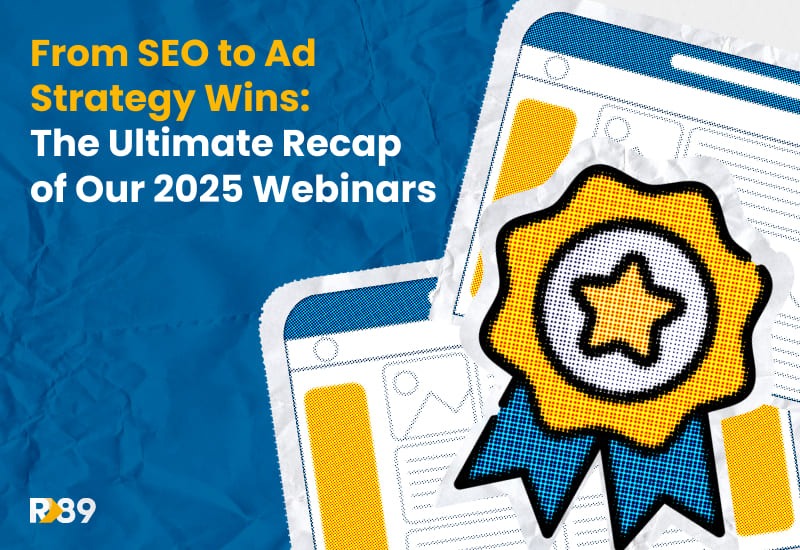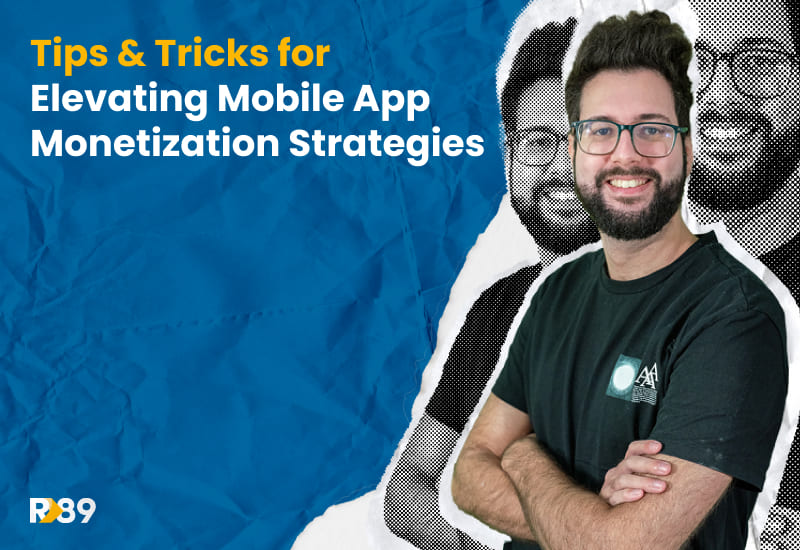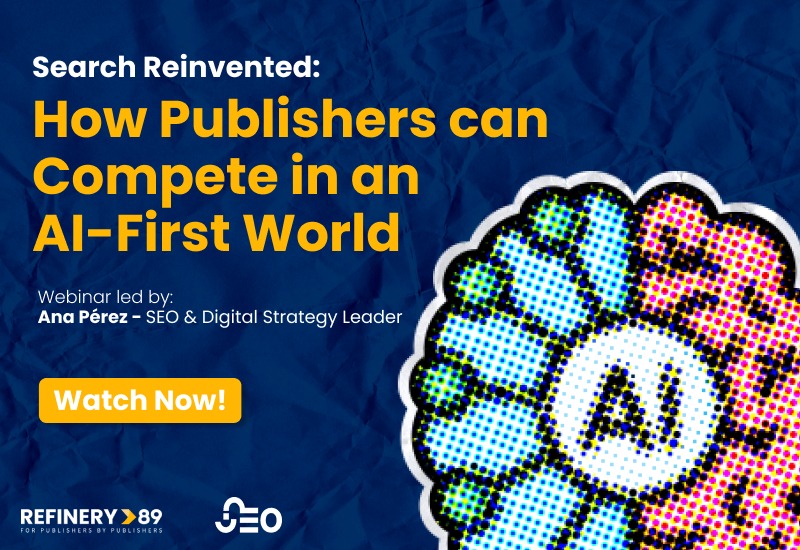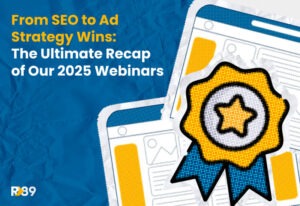It is part of a Publisher’s nature to always be looking out for ways to maximize ad revenue. As veteran Publishers ourselves, we have scouted the jungle of ad monetization solutions to discover ways to increase earnings, so you don’t have to look too far! Today, we’ll share one of our precious finds to help you fill your pockets without getting lost in the ad monetization Amazon. Ever heard of ad refresh?
Whatever your answer was, we are going to tell you about it anyway (isn’t it the reason you were reading this article in the first place? 😉). Brace yourselves!
What is Ad Refresh?
Ad Refresh or Auto Refresh, if you are feeling fancy, is a sophisticated technology used by Publishers for boosting their ad revenue. It happens when ads refresh automatically on your website within the same user session.
Picture this: You are at the metro station, minding your business, waiting for the train to arrive. Suddenly you see an ad on one of the screens they have there. After a few seconds, you notice the ad automatically changes to another ad. This also happens on websites, and it’s the ad being refreshed.
How does Ad Refresh work?
When an ad appears on a website, it goes through a process called Header Bidding, where advertisers compete to display their ad by offering the highest bid. If the user triggers a certain action, the advertisement will go through this process again to display a different ad without the user needing to refresh the entire page. This allows you to show a new ad and get another impression within the same user session.
For example, if you are on a website for 1 minute and the ad that’s on it has an ad refresh every 30s, you will get 2 ads in that minute resulting in 2 ad impressions.
There are 3 types of Ad Refresh triggers:
User Action-Based: As the name indicates, this trigger occurs when users take certain action while navigating the website, such as clicking, interacting with a CTA, or scrolling.
Event-Based: Event-based triggers are set by the Publisher, like updating the website to show in-real time contents.
Time-Based: We at Refinery89 manage Time-Based Ad Refresh. It causes ads to refresh automatically after a certain interval. In our case, we set ads to refresh every 30s, following Google’s Ad Refresh best practices. For example, if a user stays for 1 minute on a page they will see 2 ads, so you get 2 ad impressions for that user session. Also, as good practice, we do visible ad refresh! This means the ad needs to be in view for at least 5 seconds for it to be refreshed.
What are some of the best practices for using Ad Refresh?
Don’t abuse it: Don’t make ads refresh every 5 seconds. It’s annoying and advertisers don’t want to put their ads in places that are won’t be properly viewed. Be mindful about it or say goodbye to your good CPMs.
Abide by the rules: As everything in life, there are rules to follow. Taking your chance on us at Refinery89, you’ll be sure your ads will always following Google Ad Manager Policies. These are standards that will help your CPM not to drop, and maintain a decent viewability rate so advertisers actually want to show ads on your site.
Optimize your website’s UX: We can’t say it enough. Protect your user experience at all costs. As we mentioned on our tips from out AdOps expert article, make sure to place your ads smartly in places were you can take advantage of the viewability for the Ad Refresh without disturbing your UX.
Looking forward to try it for yourself?
Destiny has brought you to the right place! As part of our award-winning Single Tag Header Bidding solution, you can enjoy the time-based ad refresh feature on your ads to maximize your ad revenue! Contact us at Refinery89 and we’ll tell you all about it!








